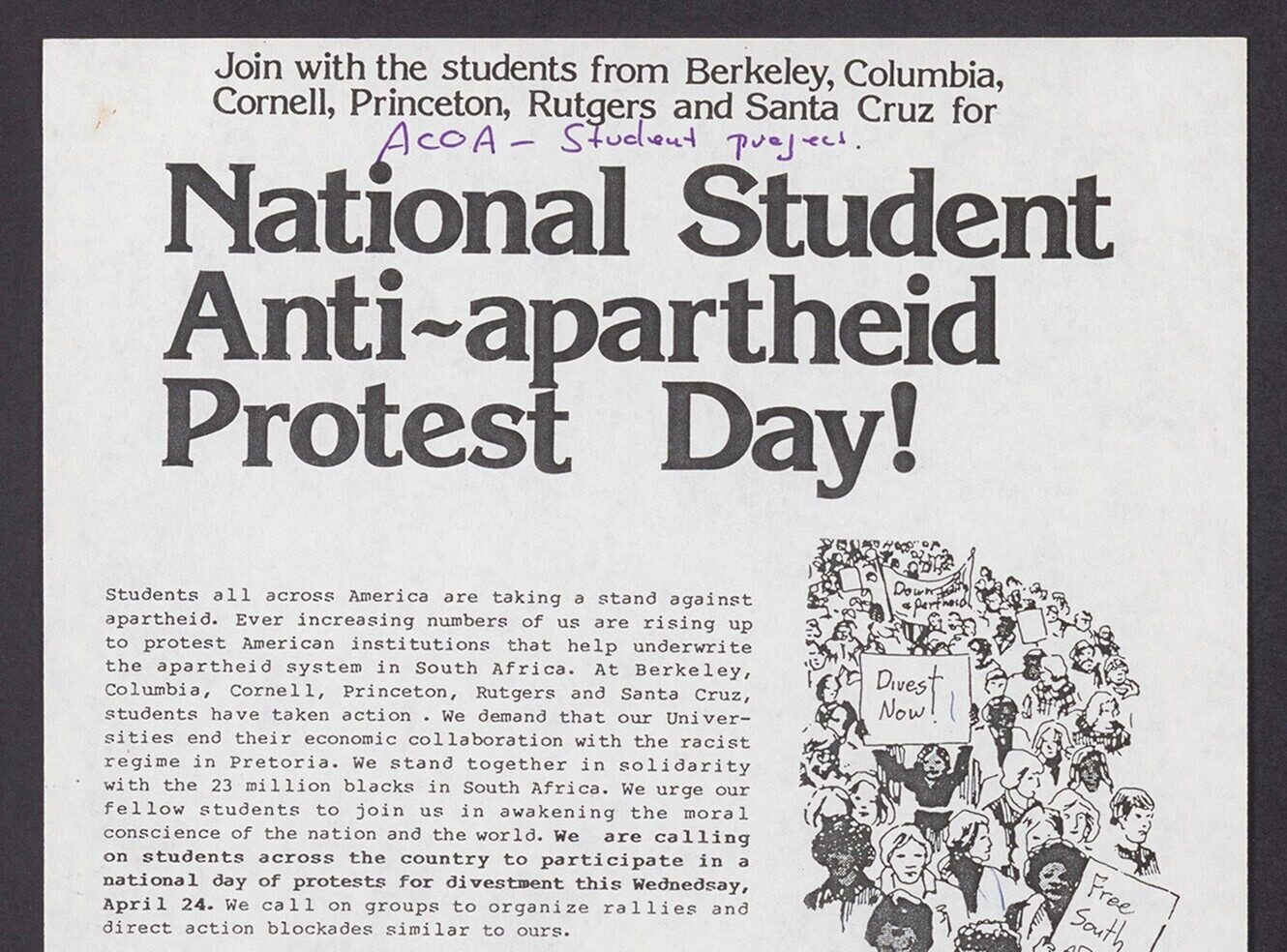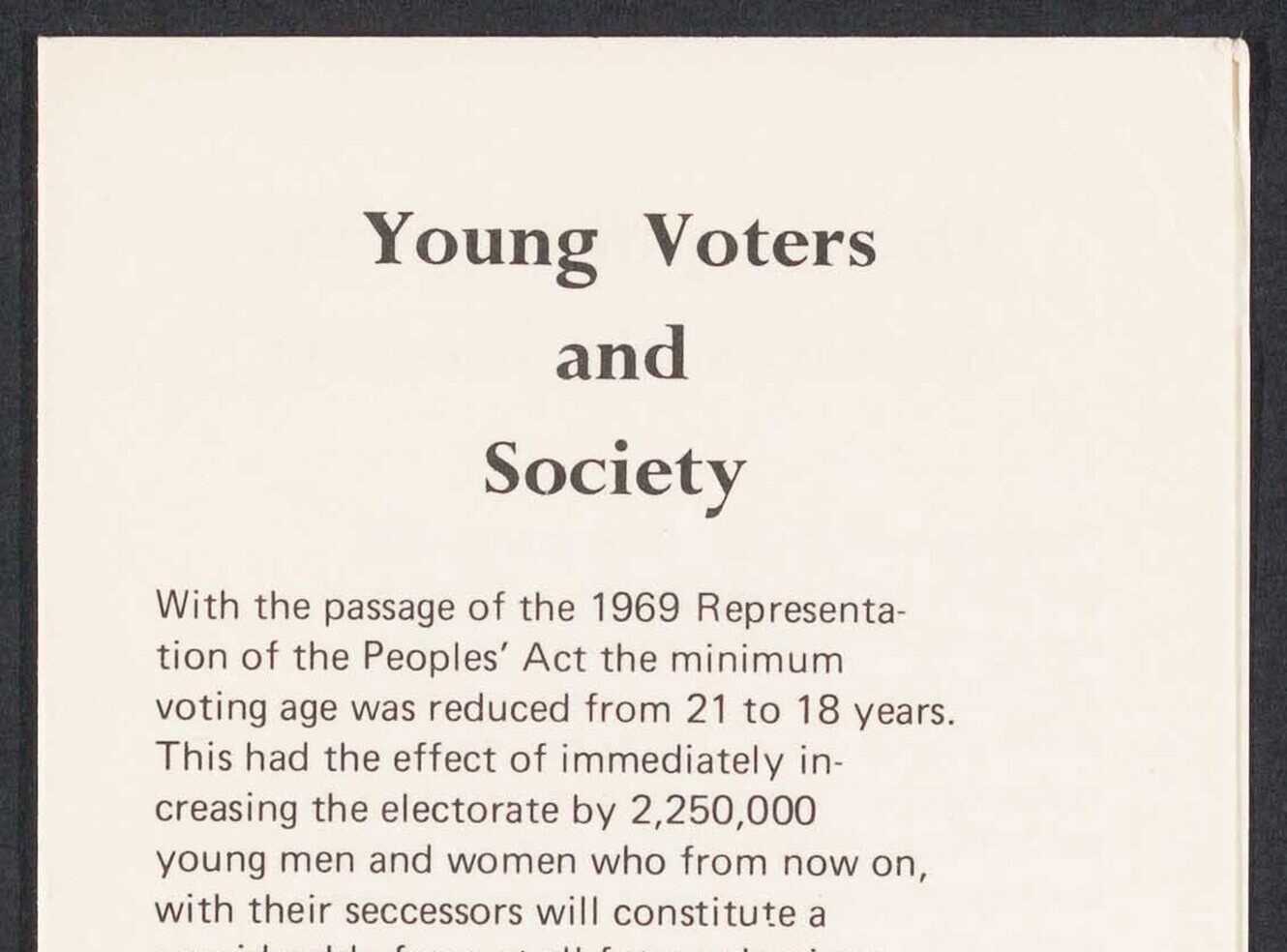Unleashing creativity through history: the Imagining History Programme UK and AM
Guest blog by Elizabeth Ferretti
We are The Imagining History Programme (IHUK), affiliated to The Young Walter Scott Prize (YWSP) – the UK’s only prize for young writers of historical fiction.
We used to run exclusively in-person workshops in stately homes, National Trust sites such as Sutton Hoo, the Wallace Collection – then lockdown hit. We migrated online, adding to our teaching portfolio a talent development programme for young writers, many of whom were longlisters of the YSWP.
Online expansion
It was in our second year online that our connection with AM began, via our historical consultant and guide in historical thinking, Dina Gusejnova, Associate Professor in International History at LSE. Working with AM opened up an incredible replacement ‘location’ for our young writers, a whole new world of documents and curated archives. This year sees the fifth year of working with AM.
The students we take on our month-long summer programme – aged between 14 and 24, and invited as winners or long- and shortlisters of the YWSP – are given access to digitised archives through AM Explorer. They find inspiration from freeform exploration, other times being more directed by the Imagining History team. Last year, the focus of one teaching strand was maps – a course designed specifically to make the most of the map galleries in AM resources. This year, the focus will be on creating imagined lives from historical documents.
What do the young writers gain from this collaboration?
Working with AM gives our young writers access to curated academic resources, wherever they are in the country, at whatever stage in their academic life. For some this will be the first time they have done independent research, and not all are studying history; we’ve had medics and chemists on our courses. It’s an initiation into the more demanding research skills they might explore later in their education journey.
The online course is a balance of support and self-directed exploration. The writers learn how to use the archive to inspire their thinking; our team of arts educators, writers, and historians help them find their story. Through the month they’re with us, the young writers learn to blend historical facts with a storyteller’s imagination.
The amount of information in the archive can be daunting, but it invariably sparks something in the writers’ imaginations. Our maps course gave us the extraordinary story of a spy map of the coast of Brazil that surfaced centuries later in northern Italy; another used a colonial map of Africa for a passionate exploration of the 1888 Berlin conference and its present-day impact on the people of Congo; another writer went further back in time, giving us a medieval nun who created maps that inspired her own journeys.
Journey into discovery
Through their exploration of the broad, vibrant range of historical artefacts and sources in AM Explorer, our young writers learn to think critically, develop thrilling narratives, and find their unique voice as writers – tools to bring history alive which is, after all, what the best historical fiction gives us.
Read a student piece that resulted from exploration of AM maps
Recent posts

The blog highlights American Committee on Africa, module II's rich documentation of anti-apartheid activism, focusing on the National Peace Accord, global solidarity, and student-led divestment campaigns. It explores the pivotal role of universities, protests, and public education in pressuring institutions to divest from apartheid, shaping global attitudes toward social justice and reform.

This blog examines how primary sources can be used to trace the impact of young voices on society, particularly during pivotal voting reforms in the UK and the US. Explore materials that reveal insights into youth activism, intergenerational gaps, and societal perceptions, highlighting their interdisciplinary value for studying youth culture, activism, and girlhood across history.
